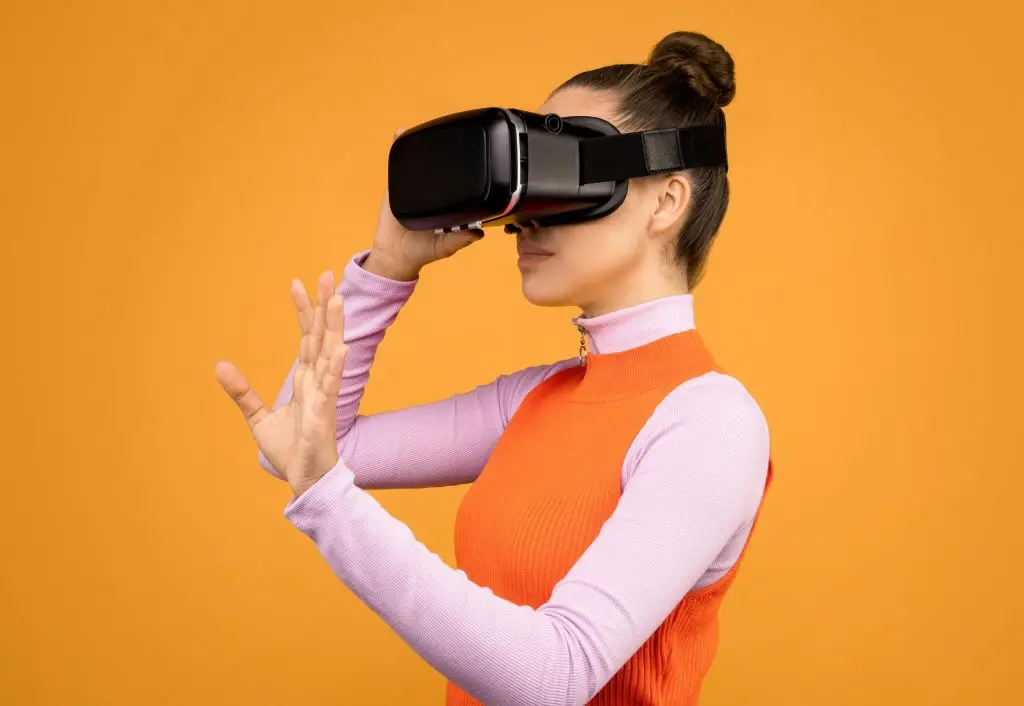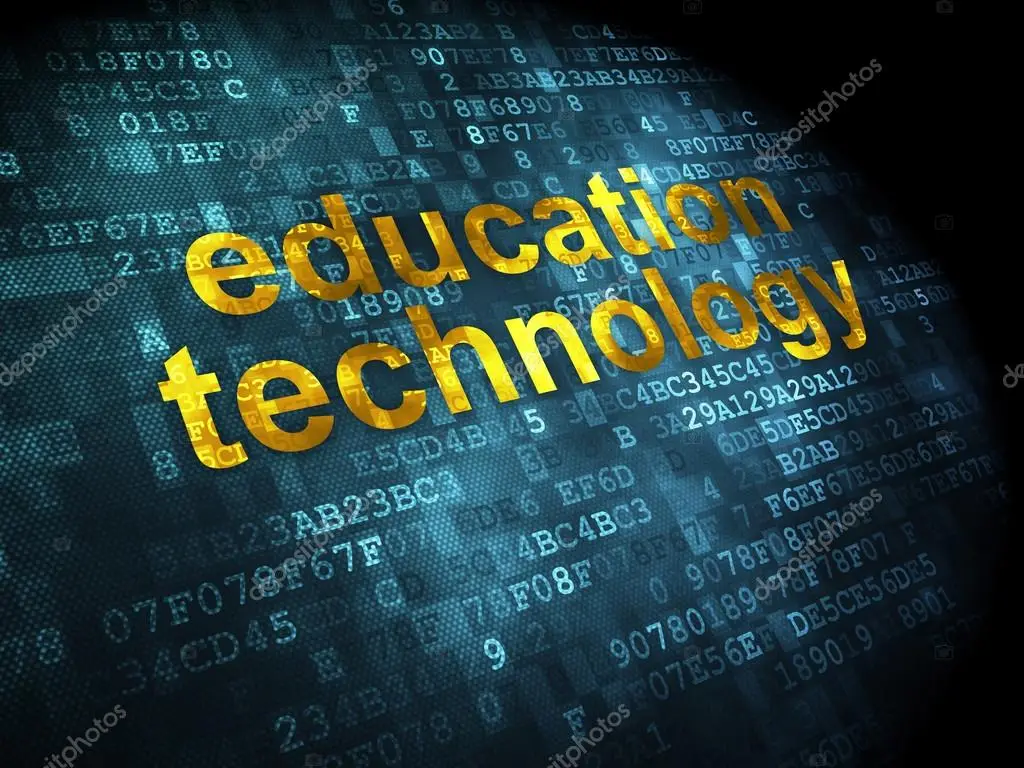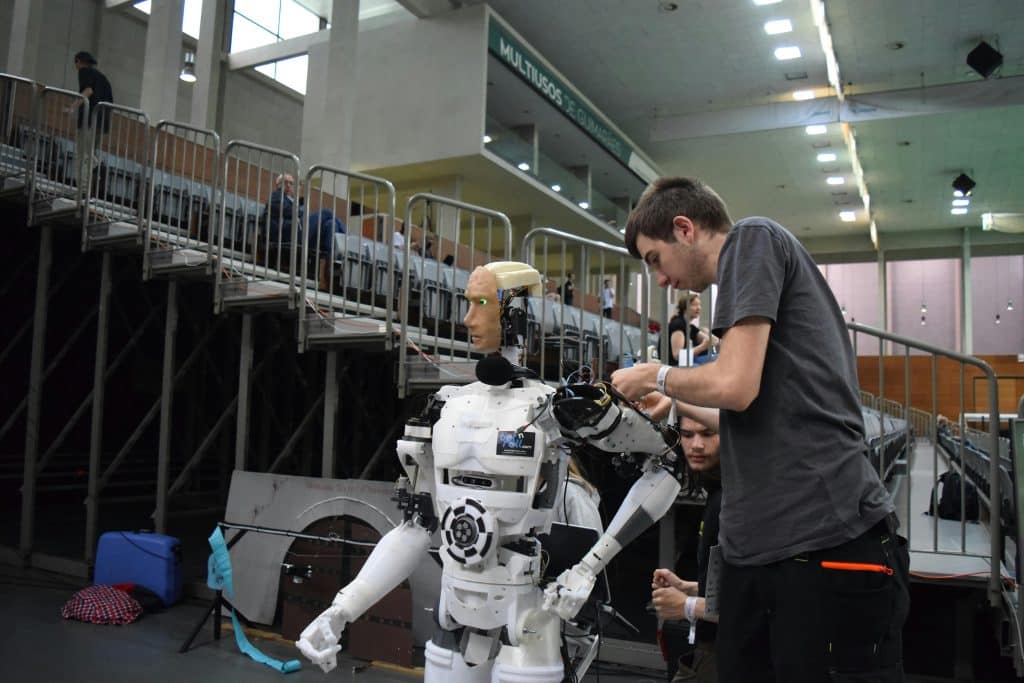Introduction
Education technology is revolutionizing learning by incorporating artificial intelligence, virtual reality, gamification, data analytics, and mobile learning. These innovations help personalize education, improve engagement, and optimize teaching strategies.
Students now have access to interactive and adaptive learning platforms that cater to individual needs. With advancements like AI-powered tutors and immersive virtual experiences, education is becoming more accessible and efficient.
1. Artificial Intelligence and Adaptive Learning

Adaptive learning in AI refers to the ability of AI-driven systems to customize educational content based on student performance. By analyzing learning patterns, AI can provide personalized instruction and targeted feedback.
How Can AI Contribute to Adaptive Learning Platforms?
- Personalized Learning: AI-powered tutors adjust lessons based on student needs.
- Automated Grading: AI speeds up evaluation and feedback processes.
- Adaptive Learning Algorithms: These ensure each student progresses at their own pace.
Benefits of AI in Education
| Feature | Benefit |
| Personalized Learning | Adapts lessons to student progress |
| AI Tutors | Provides instant support and explanations |
| Automated Grading | Eases the workload for teachers |
Also Read: 10 Great Benefits Of Online Learning 2025
2. Virtual and Augmented Reality

Virtual and augmented reality meaning: Virtual reality (VR) creates a completely digital environment, while augmented reality (AR) overlays digital elements onto the real world.
Virtual and Augmented Reality in Education
- Immersive Learning: VR lets students explore historical sites or scientific simulations.
- Interactive Lessons: AR textbooks bring static images to life.
- STEM Education: VR models help visualize complex concepts.
Difference Between Virtual and Augmented Reality
| Aspect | Virtual Reality | Augmented Reality |
| Environment | Fully digital | Enhances real world |
| Interaction | Requires headset | Uses phone or tablet |
3. Gamification and Game-Based Learning

Gamification and game-based learning use game mechanics to boost engagement. The difference between gamification and game based learning is that gamification applies game elements in non-game contexts, while game-based learning uses actual games for education.
Key Features of Gamification in Learning
- Rewards & Badges – Encourages students with points and levels.
- Leaderboards – Fosters competition and motivation.
- Interactive Quizzes – Enhances retention through engaging tests.
Benefits of Gamification
| Feature | Benefit |
| Rewards | Increases motivation |
| Competition | Encourages participation |
| Interactive Games | Enhances learning experience |
4. Learning Analytics and Data-Driven Instruction
What are learning analytics? Learning analytics in education involves collecting data to improve student performance and personalize instruction.
How Learning Analytics Supports Education
- Tracks Student Progress – Identifies learning gaps and strengths.
- Predicts Performance – AI helps teachers intervene before issues arise.
- Enhances Decision-Making – Data-driven instruction tailors lessons effectively.
Advantages of Learning Analytics
| Feature | Benefit |
| Data-Driven Decisions | Customizes lessons |
| Predictive Analytics | Helps identify struggling students |
| Real-Time Insights | Enables immediate feedback |
5. Mobile Learning and Microlearning

Mobile learning meaning refers to education delivered through mobile devices. Microlearning involves short, focused learning units for quick comprehension.
Benefits of Mobile Learning for Education
- Accessibility: Students can learn anywhere, anytime.
- Engagement: Interactive apps improve motivation.
- Flexibility: Ideal for busy professionals and students.
Mobile Learning Applications
| App | Function |
| Udemy | Online courses |
| Duolingo | Language learning |
| Khan Academy | Free educational videos |
Conclusion
Education technology is evolving rapidly, enhancing learning experiences through AI, AR/VR, gamification, analytics, and mobile platforms. These innovations provide personalized education, making learning more interactive and efficient.
As technology advances, students and educators will continue to benefit from improved accessibility, engagement, and effectiveness in learning.
FAQs
1. What is adaptive learning?
Adaptive learning technology personalizes education by adjusting content to student needs using AI.
2. What’s the difference between virtual and augmented reality?
VR creates a fully digital experience, while AR enhances real-world environments with digital elements.
3. How does gamification improve education?
Gamification increases engagement through rewards, leaderboards, and interactive learning experiences.
4. What is data-driven instruction?
Data-driven instruction uses analytics to tailor lessons based on student performance.
5. What are microlearning examples?
Microlearning examples include Duolingo lessons, LinkedIn Learning courses, and short Khan Academy videos.
6. Why is mobile learning beneficial?
Mobile learning provides flexibility, accessibility, and engagement through educational apps and digital platforms.


 Owner of Write Remotely. Connecting businesses with talented writers and empowering remote work.
Owner of Write Remotely. Connecting businesses with talented writers and empowering remote work. 

